According to some historical documents, saffron was first brought to Italy by a Dominican monk during the Spanish Inquisition (around the 13th century). The largest saffron growing area in Italy is San Gavino Monreale, Sardinia with a growing area of about 40 hectares, accounting for 60% of saffron production in Italy and the product also has a fairly high content of crocin (color), picrocrocin (flavor) and safranal (aroma). But saffron grown in the Navelli valley, near the province of L'Aquila, Abruzzo region is the most highly regarded for its quality in Italy. Saffron "Aquilla" or zafferano dell'Aquila has a special filamentous shape, aromatic and pungent smell, with a brilliant color, and is only grown on an area of over 8 hectares.
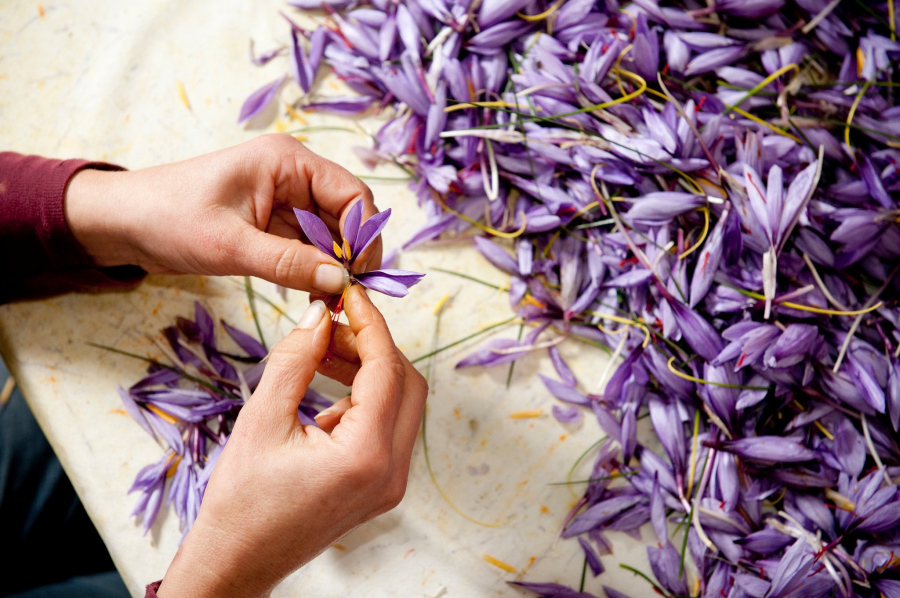
Saffron is the stigma of the saffron plant, known as a spice/medicine with many miraculous uses.
In the Abruzzo region of Italy, the cultivation and harvesting of this expensive spice has been a centuries-old tradition, not just a way of life but a deep passion for the locals. Australian photographer Susan Wright travelled to this remote part of Italy, in the eastern Apennine Mountains, to photograph the annual autumn saffron harvest and learn more about the tradition.
It was Susan Wright's first adventure in the rugged mountains of Italy - a wild place, far from the famous tourist spots, still quite intact, with wild beauty and quiet medieval villages scattered across the beautiful foothills.
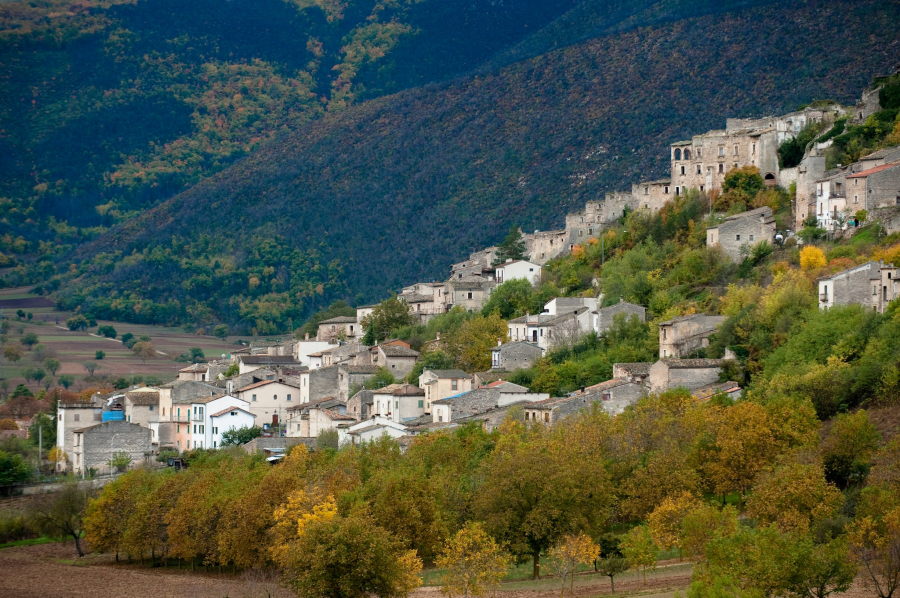
The small village of Navelli, in the provincial capital Ququila, where saffron has been grown and harvested for several hundred years.
Growing up in rural Australia, Susan Wright was fascinated by Italian farming communities: their deep attachment to centuries-old traditions infused with a love and passion for their land and culture that was infectious. It was fascinating to see rural communities across Italy come together for their annual festivals, known as sagre, which were often dedicated to a particular local food.

Gina Sarra and her family are separating saffron stigmas
Giovannina Sarra (often called the Saffron Queen) and her family have lived in Abruzzo for generations. They have helped Susan Wright understand what it is like to be a real saffron grower. Early in the morning, in the Navelli plateau, they begin the day’s work amidst the misty fields, tinged with the beautiful purple color that you can only see during the saffron harvest.
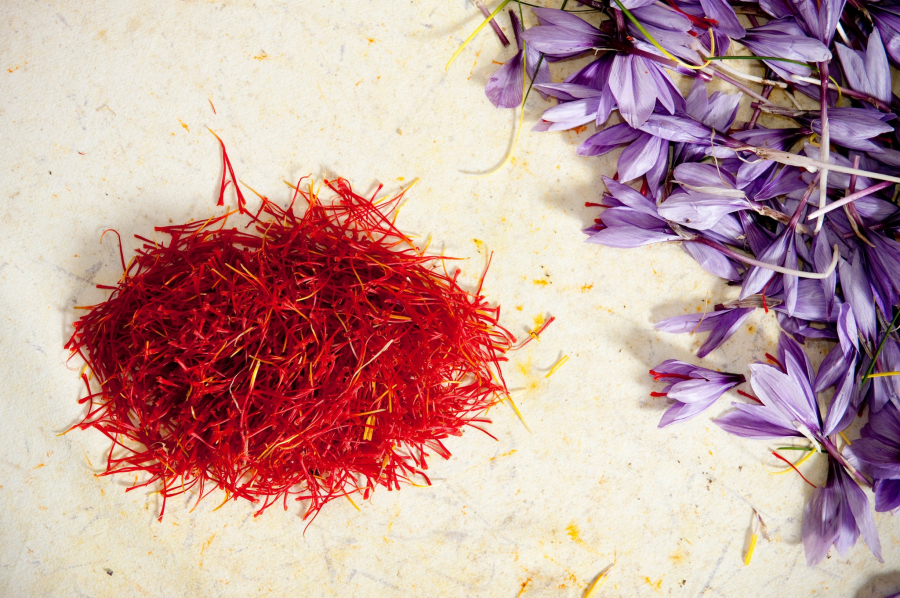
Saffron is the stigma of the crocus flower, a lucrative crop, also known as oro rosso, or red gold. Considered a spice/medicine with many magical properties, it is sold in the wealthy areas and cities of Milan and Venice, and abroad in France, Germany and Austria. Not only mentioned in the legends of ancient Greece, in history, since the time of the Romans, saffron has been loved all over the world and Queen Cleopatra was an ardent fan of saffron.
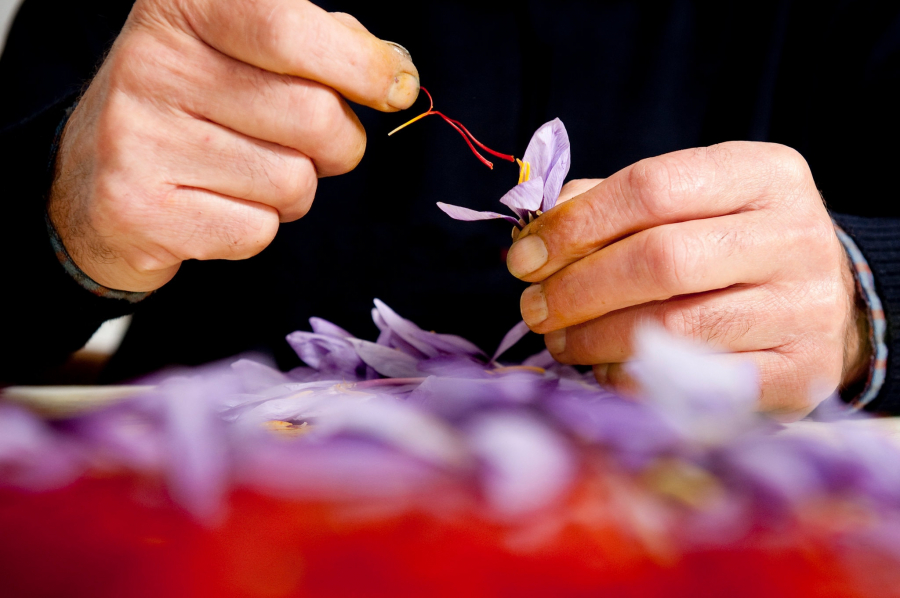
Separating the fine fibers from the moist petals is a delicate and time-consuming process.
Saffron must be harvested a few hours before sunrise, when the flowers are still in bloom; this makes the flowers easier to pick and helps preserve their precious red stigmas. The delicate buds are carefully selected and placed in baskets.
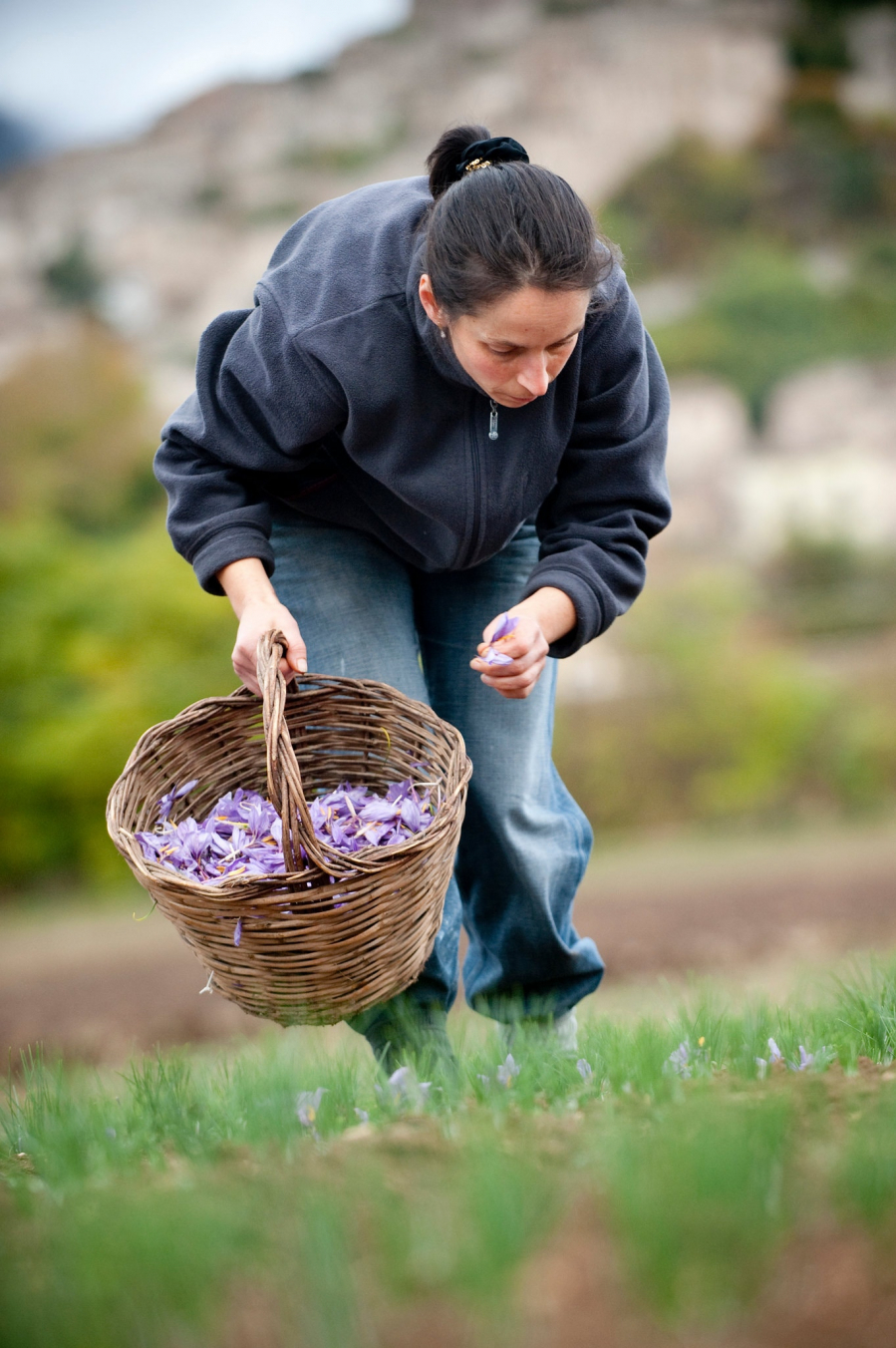
Saffron is harvested a few hours before sunrise, while the petals are still unopened.
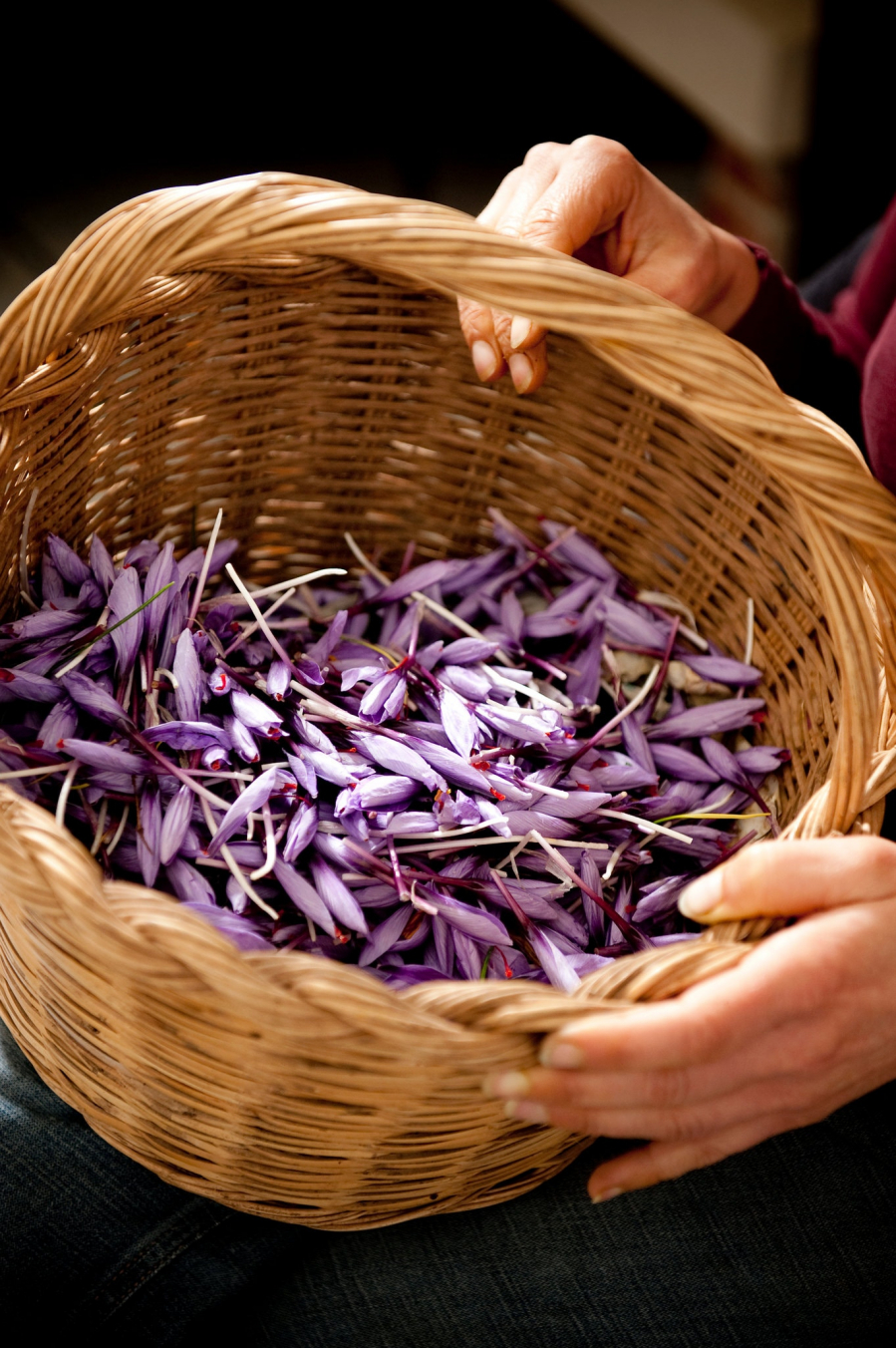
The petals were gently placed in the basket.
Then, later that same day, the pistils – three tiny threads from each flower – are separated from the still-fresh, moist petals. It's a delicate process that takes hours, a skilled hand, and endless patience.

Saffron is dried to add richness of color and flavor.
In the evening, the brightly colored thread-like stigmas are dried over a wood-fired fire, a process that adds richness to both the saffron's color and flavor.
It takes about 4,000 flowers to produce one ounce of saffron powder—meaning it takes an incredible amount of labor to produce that much spice.
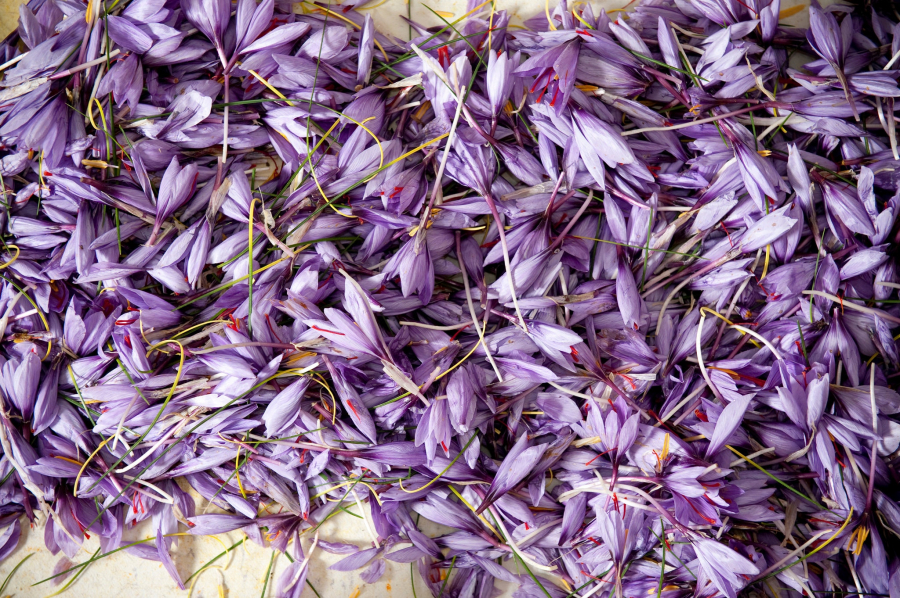
It takes about 4,000 flowers to produce one ounce of saffron powder.
The remote Italian region of Abruzzo has not been spared the ravages of the coronavirus pandemic. The region has recorded thousands of cases and hundreds of deaths. Market closures have also made life difficult for those in the region. But there is no doubt that families like the Sarras – whose traditions have endured for generations in the fields of the Navelli plateau and beyond – will one day regain strength, reviving their traditional craft.

































